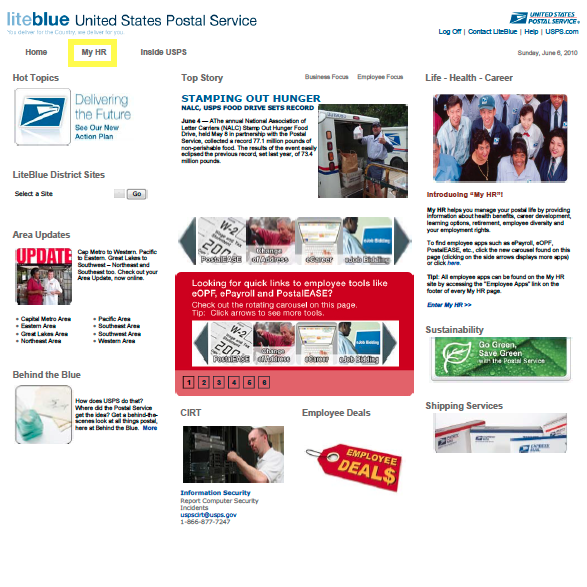FERS Social Security Special Retirement Supplement

A full career employee under the Federal Employees Retirement System (FERS) with 30 or more years of service can retire at their minimum retirement age (MRA), which is between the ages of 55 and 57, depending on the year they were born. FERS employees who have 20 years of service are eligible to retire at the age of 60. However, regardless of the year in which an employee is eligible to retire under FERS, their earliest age of eligibility for Social Security retirement benefits based on their own earnings is age 62.
Social Security is expected to be a part of the retirement package of FERS employees. In fact, the reason FERS was created was to bring federal employees under the Social Security system. Congress created a supplemental payment to tide over FERS retirees who chose to retire before they hit the age of eligibility for Social Security. The most common name for the supplement is the Special Retirement Supplement (SRS), but some people call it the Social Security Supplement, the Retiree Annuity Supplement or the “bridge payment.”
The Special Retirement Supplement applies to retirees between their Minimum Retirement Age (MRA) and age 62, although there are some exceptions. It is designed to replace the portion of a Social Security benefit starting at age 62 that is due to civilian employment under the FERS system. Military time that has been credited to FERS retirement through a deposit into the system does not count in computing the Special Retirement Supplement. Nor do Social Security-covered wages at another job prior to federal employment. Therefore, it is possible that the Special Retirement Supplement will not equal what an age 62 Social Security benefit would be.
The Special Retirement Supplement is not paid by the Social Security Administration. It is paid by the Office of Personnel Management (OPM).
How The Special Retirement Supplement is Calculated
Here is a simplified example of how the Special Retirement Supplement is calculated:
Assume that that an employee’s MRA is age 57 and that he or she retires at that age with 30 years of federal service. Their monthly Social Security benefit at age 62 is expected to be $1,000. In computing the Special Retirement Supplement, the years of federal service are divided by 40 (the number of years that Social Security considers to be a full career), and the resulting fraction (75%) is multiplied by the age 62 Social Security benefit to give the amount of the Special Retirement Supplement. In this case, the Special Retirement Supplement would be $750 (75% of $1,000). If the employee were retiring with 20 years of service, the fraction would be 50%, and the Special Retirement Supplement would be $500 per month.
The retiree would receive the Special Retirement Supplement until age 62. At that time, the Special Retirement Supplement would end, whether or not the retiree chose to apply for Social Security at that time. The Special Retirement Supplement ends when one becomes eligible for Social Security Retirement benefits – not when one applies for them.
Social Security Earnings Test Applies to Special Retirement Supplement
In addition, to the above calculation of the monthly Special Retirement Supplement, the same earnings test that applies to Social Security benefits received before reaching the full Social Security retirement age will apply to the Special Retirement Supplement.
For 2013, you can earn up to $15,120 in gross wages or net self-employment before the earnings test kicks in. Once it kicks in, every $2 in earned income above $15,120 will result in a $1 reduction in the SRS. The test applies only to earned income, not to pensions, dividends, or interest income, for example.
In addition, the Special Retirement Supplement does not receive a cost-of-living adjustment (COLA).
However, special category employees (e.g., law enforcement, firefighters, air traffic controllers) are not subject to the earnings test, and they may also receive the Special Retirement Supplement at the time they retire, even if they are younger than their MRA.
FERS Special Retirement Supplement Eligibility
You are eligible for the Special Retirement Supplement under the following circumstances:
- After you reach your MRA with 30 years of service;
- At age 60 with 20 years of service; or
- Upon involuntary or early voluntary retirement (age 50 with 20 years of service, or at any age with 25 years of service), after the OPM determines that your agency is undergoing a major reorganization, reduction in force (RIF) or transfer of function. In this case, you will not receive your Special Retirement Supplement until you reach your MRA.
- If you transfer to FERS from CSRS, you must have at least one full calendar year of FERS-covered service to qualify for the supplement. If you have earnings from wages or self-employment that exceed the Social Security annual exempt amount, your Special Retirement Supplement will be reduced or terminated. If you have active military time and are eligible to collect Social Security at age 62, your annuity will decrease unless you buy back your military time.
FERS Supplement’s Impact on Earnings
If you retire with a FERS supplement, and go back to work during retirement, your supplement is subject to the same Social Security earnings rules as indicated above. Thus, if you are receiving a supplement and earn more than the specified limit for Social Security, you would have to give back one dollar for every two dollars you earn over this limit. CSRS employees who worked 40 quarters or more in the private sector and collect Social Security at age 62 are also subject to these same income limitations until they reach full retirement age.






